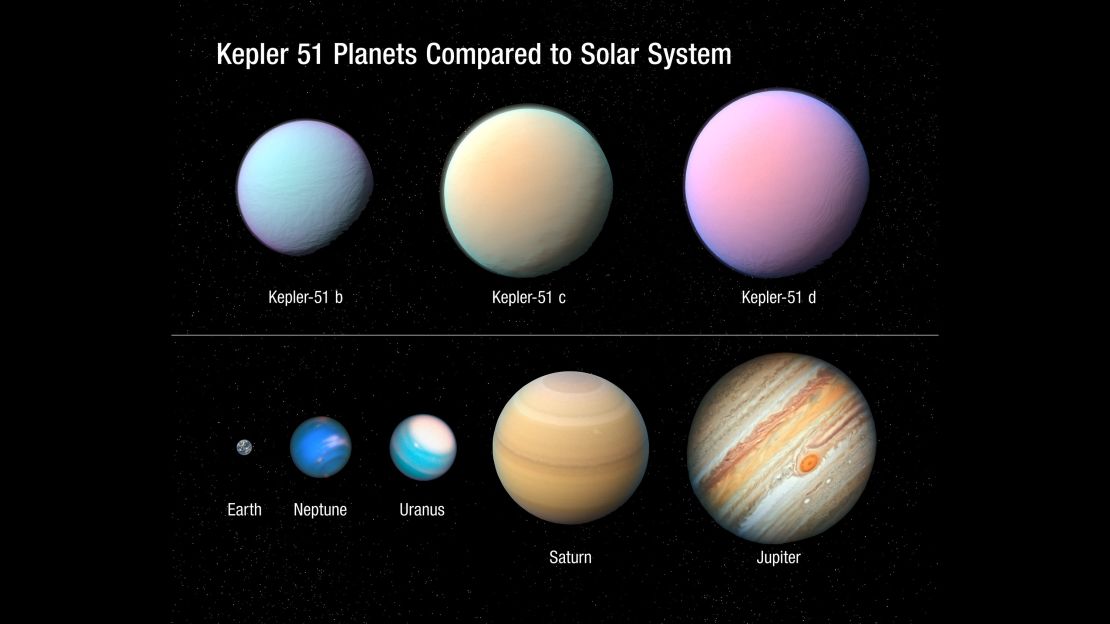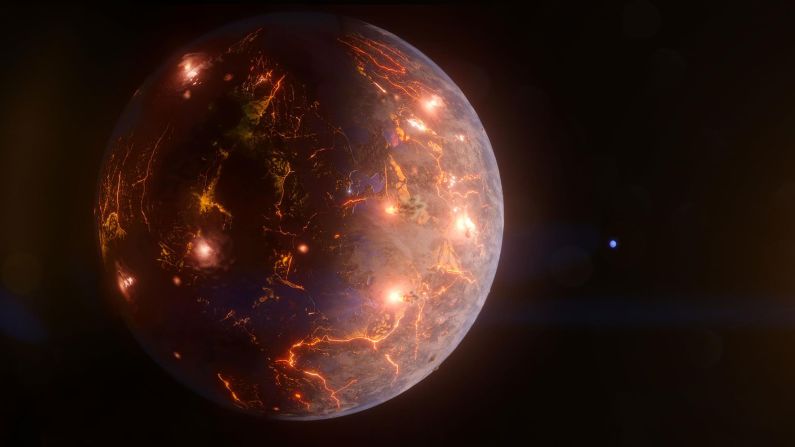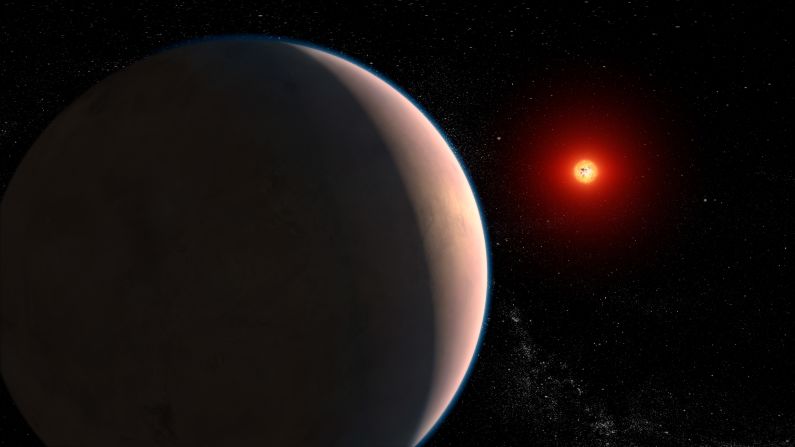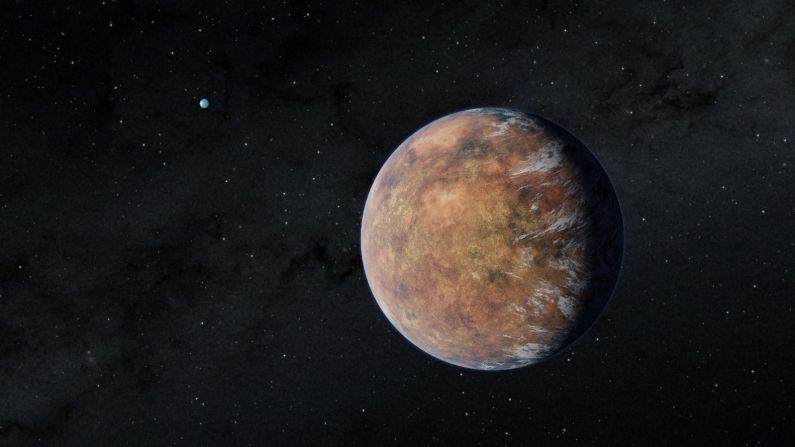Picture a world made out of cotton candy, and you canadd “super-puff” to the list of weird and wonderful exoplanet types. This new type of exoplanet is the lowest density ever found outside of our solar system.
When astronomers used the Hubble Space Telescope to study the Kepler 51 star system, which is about 2,400 light-years away from Earth, they spotted something unusual: puffy planets orbiting a sun-like star in the system first seen by NASA’s Kepler mission in 2012. But new observations by Hubble allowed researchers to better understand their mass and density.
“They’re very bizarre,” said Jessica Libby-Roberts, a graduate student in the Department of Astrophysical and Planetary Sciences at the University of Colorado Boulder. Libby-Roberts is one of the authors of a study that will publish in The Astronomical Journal about the exoplanets
The three planets in the system each have a density less than 0.1 grams per cubic centimeter of volume, according to the researchers.
“We knew they were low density,” she said. “But when you picture a Jupiter-sized ball of cotton candy – that’s really low density.”
Although they’re the size of Jupiter, mass-wise the planets are a hundred times lighter.
Intrigued, the astronomers attempted a closer look to understand the atmospheres of two of the planets – but the atmospheres were cloaked by an opaque layer at a high altitude.

“It definitely sent us scrambling to come up with what could be going on here,” Libby-Roberts said. “We expected to find water, but we couldn’t observe the signatures of any molecule.”
The researchers estimate that lightweight gases like hydrogen and helium are responsible for the puffy worlds. But a methane haze is also in the mix, causing the obscuring atmospheric layer. This isn’t unlike Saturn’s moon Titan, which has a dense, hazy atmosphere that’s nearly impossible to peek through.
“This is an extreme example of what’s so cool about exoplanets in general,” said Zachory Berta-Thompson, study co-author and an assistant professor at the University of Colorado Boulder. “They give us an opportunity to study worlds that are very different than ours, but they also place the planets in our own solar system into a larger context.”
The exoplanets may also be rapidly shedding their gas because they’re dumping billions of tons of material per second into space. If this keeps up over a billion years, the big puffy planets will shrink down significantly, the researchers said.
The system itself is fairly young, universally speaking, at only 500 million years old. Our solar system is 4.5 billion years old.
“A good bit of their weirdness is coming from the fact that we’re seeing them at a time in their development where we’ve rarely gotten the chance to observe planets,” Berta-Thompson said. “This system offers a unique laboratory for testing theories of early planet evolution.”








































